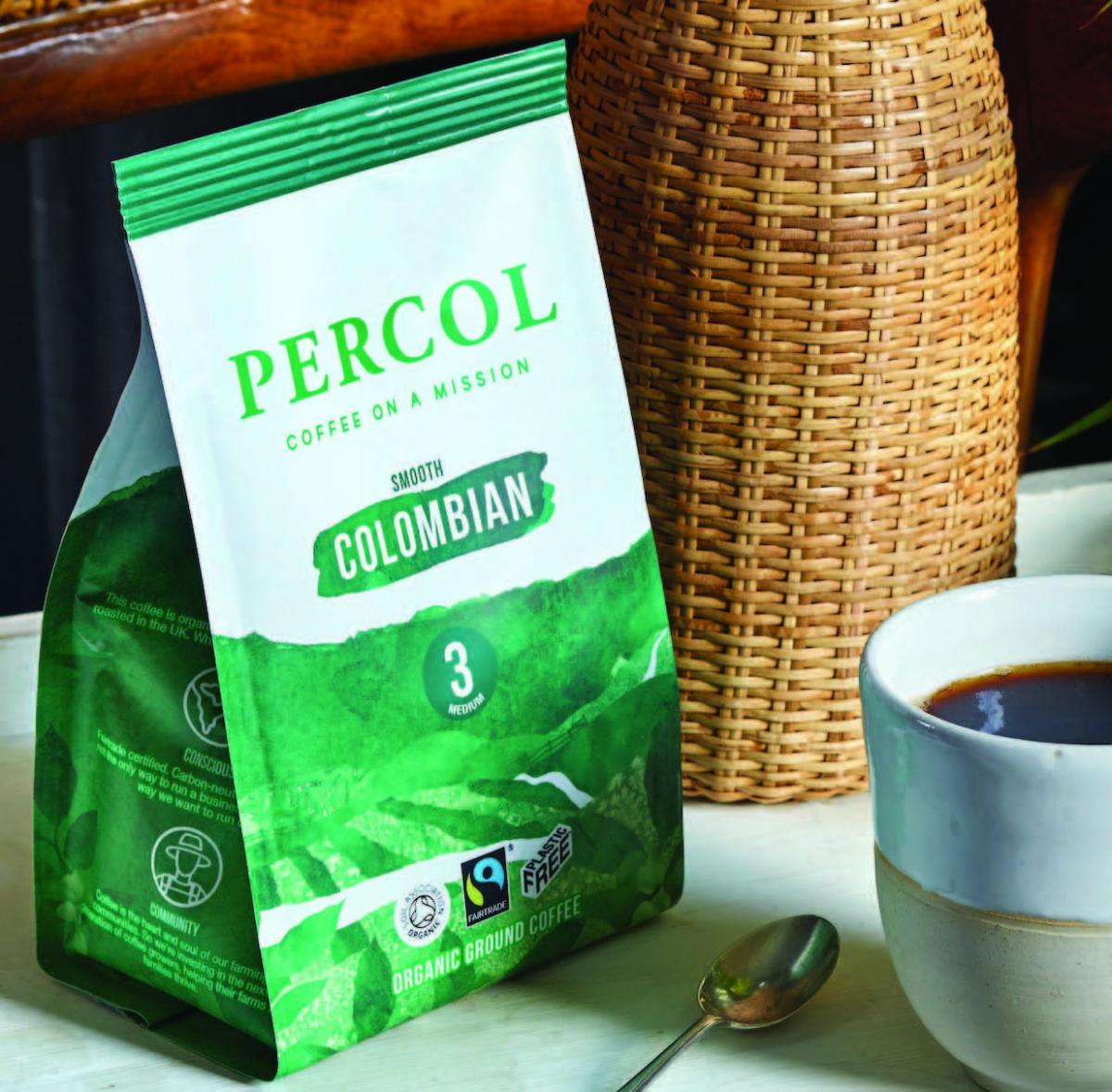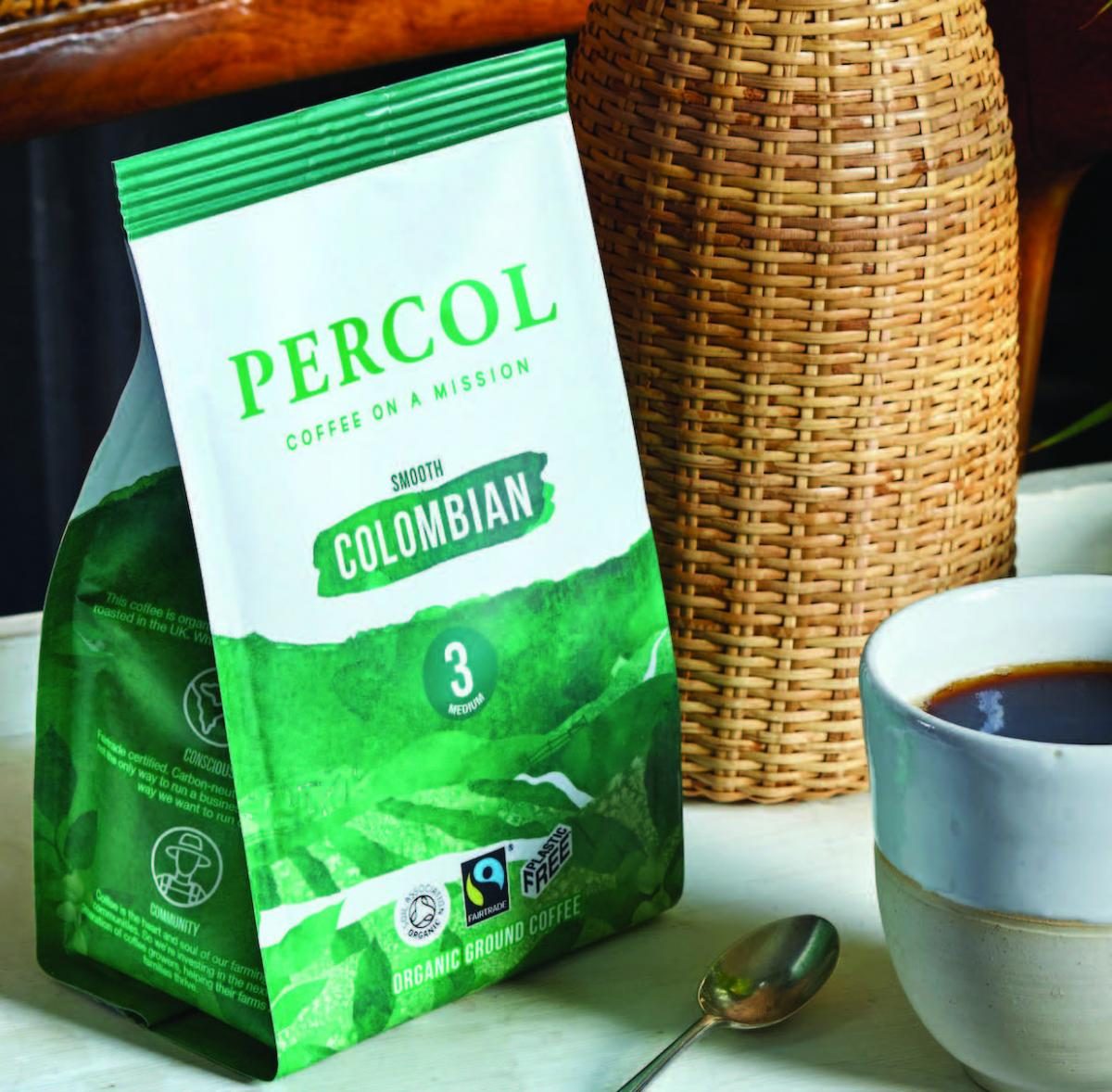Paul Jenkins, Managing Director of ThePackHub, looks at the latest packaging innovation trends and discusses how the last year has shaped the future of packaging.
Commercial packaging has been in use for hundreds of years. It is an important and often essential way to ensure that food products are fit for consumption. New packaging technologies have transformed how we consume products and helped to extend shelf lives significantly as well as improving the functionality of the products. Food companies are responding to increased consumer expectations for convenience and ease of use coupled with the challenges of the fast-growing e-commerce channel changing how we shop. This all leads to packaging having a pivotal role to ensure that these requirements are met. Packaging also has a very important communications role. It helps to portray brand values through structure and surface design as well as provide vital product information. The industry is under increasing pressure to defend its use of plastic and in many cases get rid of it entirely, with accusations of unnecessary and over-packaged products.
Year of change
 |
| Image: Percol |
2018 has been the most significant year in the history of packaging. Never has the industry been under such scrutiny and faced such serious and difficult challenges. Almost every day, packaging is in the news and mostly for the wrong reasons. The airing of the BBC’s Blue Planet 2 programme created a step change in consumer attitudes to plastic packaging. David Attenborough’s excellent television series highlighted the effects of plastic debris in the ocean on marine creatures. The documentary series highlighted the amount of plastic entering our seas every year, which is estimated to be eight million tonnes. That is the equivalent of a truck dumping its full load every minute of every day. Plastic takes many years to break down leaving ever increasing
amounts in the sea to potentially cause harm to wildlife. Plastic bags take 20 years to break down, plastic bottles 450 years. The Ellen MacArthur Foundation has claimed that by 2050, there will be more plastic in the oceans than fish, by weight. The accuracy of this statement might be challenged but there is no doubt of the seriousness of its implications. The Attenborough programme really resonated with the general public.
The documentary effectively precipitated a cascade of related events that have subsequently helped shape packaging’s present and future. This has included UK frozen food retailer Iceland pledging to ban plastic from its own label range by 2023 and a UK Plastic Pact with members, including leading brands, retailers and packaging suppliers, making a commitment to make all their packaging recyclable, reusable or compostable by 2025. Governments and local authorities around the world have also intervened with
increased activity, such as pledges to ban single-use packaging like plastic straws and cutlery. A plastic-free shopping aisle has been introduced to an Ekoplaza store in Amsterdam, with the promise of many more rolled out in other locations. The refusal of the Chinese to continue to take the UK’s plastic recycling waste has only made matters worse. Plastic has become synonymous with all that is wrong about packaging.
The problem
It has been widely reported by the World Economic Forum that just 10 rivers, eight in Asia and two in Africa, are responsible for 90% of the plastic entering the oceans. Also about half the plastic polluting our seas is from fishing net waste. However, currently, most of the focus is on plastic packaging emanating from Europe and North America. The packaging industry has segmented itself into those companies that want nothing to do with plastic and those that defend it as a versatile and useful material. Afterall, plastic packaging is so ubiquitous because it is so good functionally. It is lightweight, durable and versatile with excellent barrier properties.
Compostable and biodegradable packaging
Compostable packaging is a material that is biodegraded in a home composter or a commercial composting facility. It forms decayed organic substances that can be used as a fertiliser to benefit the soil. This can take a few months, but the process conditions and timescale can vary.
There are currently many compostable and biodegradable packaging solutions and ThePackHub has reported on hundreds in our Innovation Zone packaging database. These compostable materials can still deliver excellent barrier properties. The ideal applications are for snacks, confectionery and nuts, for example. The businesses adopting this technology so far tend to be small volume start-ups and challenger brands, because there is a cost disadvantage to switching to this material. Despite the pressures from society to improve their environmental credentials, the big brands have thus far not embraced these materials as a valid way to address the problems of plastic packaging. Materials that can only be industrially composted have higher heat requirement to break down. One of the challenges is the chicken or the egg scenario that not many homes have the facilities to compost and not enough local authorities in the UK have the facilities to industrially compost. No official figures are available, but the view of several experts is that compostable packaging is not being composted to its full potential by consumers.
The view of several experts is that compostable packaging is not being composted to its full potential by consumers.
Bio-materials
Materials such as sugar cane, coffee waste, olive oil, marble dust, tomato leaves, whey, shrimp, bamboo, pasta waste and more are being used to make packaging. The solutions tend to have a percentage of bio-material combined with virgin oil. The opportunity here is to reduce the amount of oil-based plastic in the production of the packaging. The introduction of these materials again tends to be from small players, challenger brands and start-ups. There can be an issue around the material’s recyclability. More research is necessary to substitute petroleum-based materials totally in the long term.
Reusable packaging
There has been a resurgence in the use of reusable packaging solutions over the last 12 months. The main opportunity has been in the beverage sector. There is plenty of scope here for improvement with more innovations now in the pipeline. We have seen how a small 5p charge on plastic bags has had a significant effect on the consumption of the product. The plastic carry bag market in the UK is reported to be just 10% of what it once was. This suggests that a small fee can have a substantial impact on consumption. Reusable cups are now encouraged in UK coffee retail outlets with an incentive of up to 25p off the price of the drink. Reusable transactions in some outlets remain at about 1%. This would suggest that paying a fee rather than getting a discount is a more powerful way to solicit a change in consumer behaviour.
Increased recycling
All industrialised countries have targets to increase the amount of packaging that they recycle across all materials. There is an EU target for Member States to recycle at least 50% of household waste by 2020 – the UK’s recycling rate was 45.2% in 2016. The UK recycling or recovery rate for packaging waste was 71.4% in 2016 compared to 64.7% in 2015. This exceeds the EU target to recycle or recover at least 60% of packaging waste, but there is still a long way to go. The reality is that just about all materials can be recycled, we simply do not necessarily have the technical capability at scale to make it happen. The UK recycling structure is very uncoordinated with reports of around 450 different recycling policies at the 500+ recycling centres across the country. This means that a material that is easily recyclable in one area may not be in the next town. This causes a headache for brands and retailers from a communication point of view and causes consumer confusion and frustration. It certainly does nothing to help improve recycling rates.
Black plastic trays have been the scourge of the food packaging industry with Iceland, Waitrose, Tesco and more replacing them with clear plastic or paper-based alternatives. Since black and some other colours of packaging cannot be detected by recycling sorters, 3.5 million tonnes of plastics go to landfill. Most of the black plastic packaging is coloured using carbon black pigments, which prevent the pack from being sorted by the optical sorting systems widely used in plastics recycling. Although the technology is now available to separate black plastics from household waste, again the infrastructure is not there yet. When it is, most of the black plastic may have already disappeared from our shelves.
Other wastes
Aluminium cans are infinitely recyclable but not if they end up in the environment. It is reported that it takes 200 years for a can to break down in the ocean resulting in pollution problems similar to those from plastic packaging.
In addition, packaging is not the only source of plastic waste in the oceans, a lot of waste comes from other sources, for example fishing nets. Fishing waste is a massive problem that has been going unchallenged for many years. Reports suggest that around half of all the plastic in the ocean is derived from the fishing industry. While the media focus has been on plastic packaging, better regulation and monitoring of the global fishing industry could also create a significant reduction in plastic waste.
Smart and intelligent packaging solutions are throwing up a range of opportunities for brands and retailers to better meet consumer needs.
Sustainability
Reducing packaging’s impact on the environment is not the only trend driver. There are several other factors that are helping to shape packaging innovation change. Smart and intelligent packaging solutions are throwing up a range of opportunities for brands and retailers to better meet consumer needs. New technology is also providing solutions, such as NFC (Near Field Communications), which allow consumers to interact with packaging via their smart phones. This opens up an exciting new way to communicate and engage with the end user. Added functionality will continue to be a driver for change with solutions continuing to come to market that deliver a range of user benefits, such as easy open, resealability, better portability for on-the-go consumption, improved barrier properties etc. The difference in the last year is that all new packaging briefs must consider sustainability at the forefront of their design. If not, the innovation will fail.
Conclusions
The packaging industry is at a crossroads but with a great opportunity to really make a difference. The industry is under scrutiny more than ever before. The rate of change is faster than it has ever been. We should expect even more activity from a sustainability point of view as well as more consumer rejection of packaging that is not perceived as environmentally friendly. We will also see more government and local authority intervention.
What is not changing fast enough is the amount of plastic entering our oceans. Tackling this problem will involve many stakeholders but the packaging industry has an important part to play.
Paul Jenkins, Managing Director, ThePackHub
ThePackHub Is a UK packaging innovation consultancy. Its Innovation Zone packaging database has captured nearly 3,000 packaging innovations over the last three years or so.
Email paul.jenkins@ thepackhub.com
Web thepackhub.com

